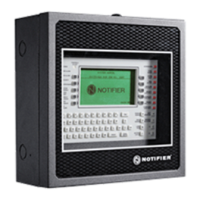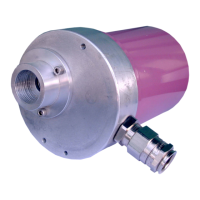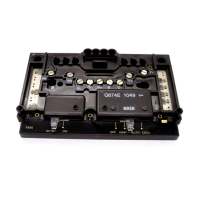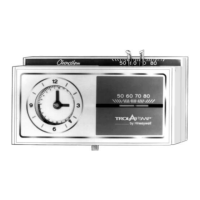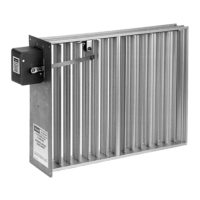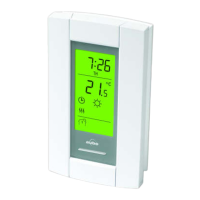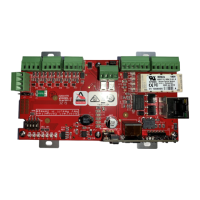3. Fieldbus Integration With Experion System
3.1. Overview
R400 Experion PKS Series A Fieldbus Interface Module User's Guide 37
July 2010 Honeywell
Fieldbus Interface Module (FIM) - the key to integration
The Fieldbus Interface Module (FIM) is the key to bringing Foundation Fieldbus into the
Experion system. It serves as the bridge between the control environment and the
fieldbus control functions. It supports both the publish/subscribe and the client/server
communication methods to communicate with fieldbus function blocks. The control
connections must be downstream only. The Experion system controls downstream
function blocks, but it does not allow itself to be controlled by an upstream function
block that resides in a fieldbus device.
The CIOM-A FIM is a doublewide module that plugs into a non-redundant or redundant
C200 Controller, or remote I/O chassis. It connects up to two Fieldbus H1 links through a
companion Remote Termination Panel (RTP). These independent links each have their
own link schedule, link master and time master functions. The RTP is designed for DIN
rail mounting within an enclosure. It optionally accepts a 24 Vdc input from an external
power supply to provide low-level power to fieldbus devices on the H1 links.
Redundancy Module - the key to redundant operation
The Re
dundancy Module (RM) serves as a high-performance, chassis-to-chassis,
communications bridge for redundancy compliant modules in a Redundant Chassis Pair
(RCP). It only provides the path for modules to synchronize themselves and coordinates
the synchronization process. The RM does not determine what portions of a module's
database get synchronized.
TIP
If you have previously implemented the C200 Controller redundancy
functionality in a PlantScape system, the same basic design concepts apply
for implementing fieldbus redundancy in an Experion system using CIOM-A
FIMs. Please refer to the Control Builder Components Theory for more
information about basic redundancy design concepts.
Control Builder serves as common configuration tool
Th
e Experion Control Builder application supports integral creation and configuration of
fieldbus function blocks with Experion system function blocks to incorporate fieldbus
devices in a unified Experion Control Strategy. This means Experion function blocks and
fieldbus function blocks can be easily interconnected, so control can reside on the
fieldbus link, in the Control Processor/Control Execution Environment (CEE), or
cascaded from CEE to the fieldbus device.
You can read the manufacturer's Device Descriptions (DD) for fieldbus devices to be tied
to an H1 Link, and create individual block types for each fieldbus device including their
function blocks. The fieldbus device block types will reside in the Engineering

